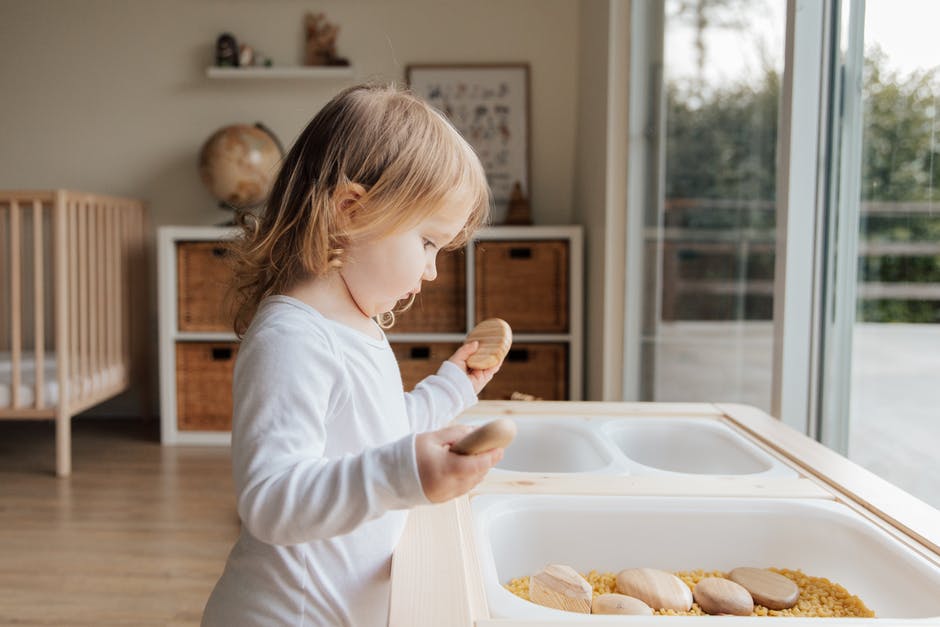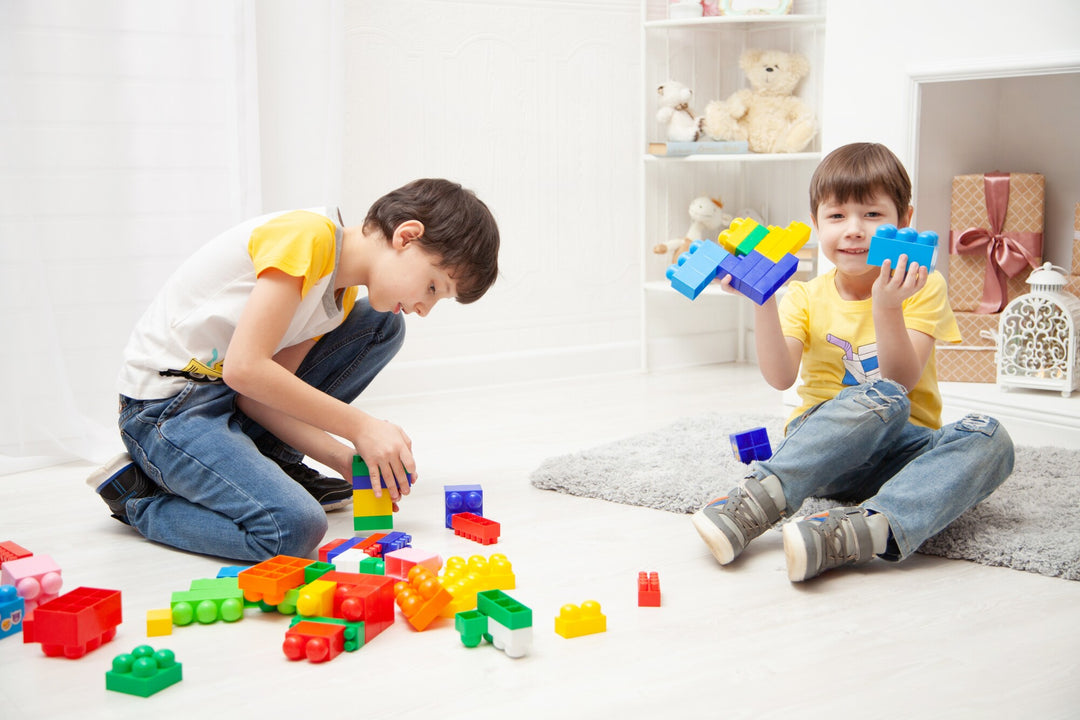Incorporating Sensory Activities Into Daily Education Routines

Incorporating sensory activities into daily routines is a fundamental practice in early childhood and primary education for fostering children's cognitive, emotional, and physical development. By seamlessly integrating sensory experiences throughout the day, educators can create engaging and supportive learning environments that cater to diverse sensory needs. Utilising appropriate sensory toys and aids enhances these activities, promoting exploration, self-regulation, and skill development.
Understanding Sensory Activities
Sensory activities are designed to stimulate one or more of the five senses: sight, sound, touch, taste, and smell. They play a crucial role in helping children process sensory information, which is essential for learning and interacting with the world around them. Incorporating these activities into daily routines supports sensory integration, aiding children in responding appropriately to sensory input.
Benefits of Sensory Activities
Integrating sensory activities into daily routines offers numerous benefits:
- Enhances Cognitive Development: Engaging multiple senses can improve memory, problem-solving skills, and critical thinking.
- Supports Emotional Regulation: Sensory activities can help children manage emotions, reducing anxiety and promoting calmness.
- Improves Motor Skills: Activities that involve tactile exploration and movement enhance fine and gross motor development.
- Encourages Social Interaction: Group sensory activities foster communication, cooperation, and empathy among peers.
Easy Ways To Incorporate Sensory Activities into Daily Classroom Routines
Integrating sensory activities doesn't require extensive resources or time. Here are practical ways to embed sensory experiences into everyday routines:

- Morning Routine:
- Tactile Stimulation: Encourage children to engage with different textures during morning activities. For example, using a Sensory Brush during handwashing can provide calming tactile input.
- Proprioceptive Input: Incorporate activities that involve pushing or pulling, such as carrying a Weighted Lap Pad to their desk, which can help ground and focus children at the start of the day.
- Transition Times:
- Auditory Cues: Use a Time Timer MOD to signal transitions, providing a visual and auditory cue that helps children prepare for changes in activities.
- Movement Breaks: Incorporate short movement activities like jumping jacks or stretching to provide vestibular input, aiding in resetting attention between tasks.
- Learning Activities:
- Visual Stimulation: Utilise colourful and interactive materials, such as Rainbow Pebbles, to engage visual senses during lessons.
- Tactile Learning: Incorporate hands-on materials like Theraputty for activities that strengthen hand muscles and improve fine motor skills.
- Snack and Mealtime:
- Oral Motor Development: Provide a variety of textures and flavours to stimulate taste and chewing skills. Using Chewable Pencil Toppers can also offer oral sensory input for children who seek it.
- Scent Exploration: Introduce different scents through foods or scented playdough to engage the olfactory sense.
- Outdoor Play:
- Nature Exploration: Encourage activities like walking barefoot on grass or sand to provide tactile and proprioceptive input.
- Balance Activities: Use equipment like balance beams or Stepping Stones to enhance vestibular input and coordination.
-
Calm Down Time:

- Deep Pressure Input: Incorporate the use of a Weighted Blanket during quiet time to provide calming deep pressure stimulation.
- Sensory Bottles: Create calming visual stimuli with sensory bottles filled with glitter and water, which can help children self-regulate.
Selecting Appropriate Sensory Toys and Aids
Choosing the right sensory toys and aids is essential for effectively incorporating sensory activities into daily routines. Consider the following factors:
- Age Appropriateness: Ensure the toys are suitable for the child's developmental stage.
- Sensory Needs: Identify the specific sensory inputs that benefit the child, such as tactile, auditory, or proprioceptive stimulation.
- Safety: Select non-toxic, durable materials that are safe for children to use.
- Versatility: Opt for items that can be used in multiple ways to engage different senses.
Examples of Sensory Toys and Aids for Sensory Activities

- Fidget Tools: Items like the Kaiko Fidget Range provide tactile stimulation and can help children focus during tasks.
- Sensory Balls: The Edushape Sensory Balls offer tactile feedback and can be used in various activities to stimulate the senses.
- Chewable Jewellery: Products like the Jellystone Designs Chewable Necklace provide oral sensory input, aiding in self-regulation.
- Weighted Products: The Neptune Weighted Blanket offers deep pressure input, which can have a calming effect and aid in concentration.
Implementing Sensory Activities in Educational Settings
For educators, integrating sensory activities into the classroom involves thoughtful planning and flexibility:
- Create Sensory Stations: Designate areas with various sensory tools where children can engage during free time or as needed.
- Incorporate into Lesson Plans: Embed sensory activities into academic subjects to enhance engagement and learning outcomes.
- Observe and Adapt: Monitor children's responses to sensory activities and adjust as necessary to meet individual needs.
- Collaborate with Specialists: Work with occupational therapists













